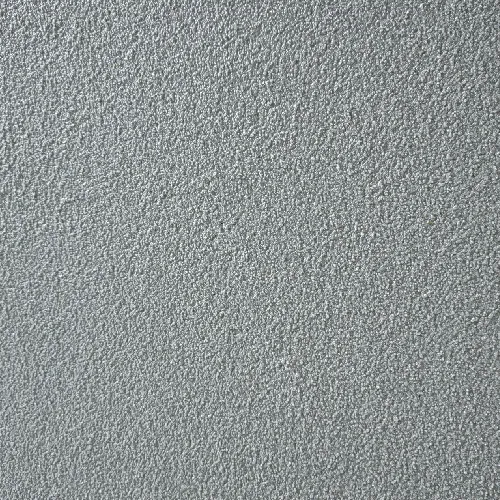loading...
- No. 9, Xingyuan South Street, Dongwaihuan Road, Zaoqiang County, Hengshui, Hebei, China
- admin@zjcomposites.com
- +86 15097380338
- Welcome to visit our website!
reverse osmosis membrane housing
Understanding Reverse Osmosis Membrane Housing A Key Component in Water Purification
Reverse osmosis (RO) has become one of the most effective methods for purifying water, making it safe for drinking and various industrial applications. At the heart of this technology is the RO membrane, which acts as a barrier allowing only certain molecules to pass while rejecting others. However, the membrane’s efficiency is highly dependent on its housing. In this article, we will explore the significance of reverse osmosis membrane housing, its design considerations, materials, and the role it plays in the overall filtration process.
What is Reverse Osmosis Membrane Housing?
Reverse osmosis membrane housing is a container or casing that protects the RO membrane and holds it in place within a filtration system. This housing is essential as it ensures that water flows through the membrane under pressure, facilitating effective filtration while preventing contamination. Without proper housing, the membrane would be vulnerable to damage and would not function efficiently.
Design Considerations
The design of RO membrane housing is crucial for optimal performance. Some key factors to consider include
1. Size and Capacity The housing must be appropriately sized to accommodate the specific membrane type and the volume of water to be filtered. Different applications may require varying sizes, ensuring that the housing can handle the intended flow rates and pressures.
2. Pressure Rating Since reverse osmosis operates under high pressure, the housing must be constructed to withstand these conditions. A high-quality housing unit will have a pressure rating that exceeds the operational requirements, ensuring durability and minimizing the risk of leaks.
3. End Cap Design End caps are critical for securing the membrane within the housing. A well-designed end cap ensures a tight seal, preventing water from bypassing the membrane and ensuring all the water is filtered effectively.
4. Sealing Mechanisms Effective sealing is essential to prevent leakage and maintain the high pressure required for reverse osmosis. Housing units may utilize O-rings or other sealing technologies to ensure integrity.
5. Connection Ports Housing design often includes connection ports for incoming and outgoing water. The placement and design of these ports should facilitate easy installation and maintenance, allowing operators to replace membranes as needed.
reverse osmosis membrane housing

Material Choices
The materials used in RO membrane housing are integral to its performance and longevity. Common materials include
- FRP (Fiberglass Reinforced Plastic) Lightweight yet strong, FRP is a popular choice for housing due to its corrosion resistance and ability to handle high pressures. It is also more cost-effective compared to metal options.
- Stainless Steel For applications that require extreme durability and corrosion resistance, stainless steel is often used. While heavier and more expensive, it provides a robust option for harsh environments.
- PVC (Polyvinyl Chloride) For less demanding applications, PVC can be an economical choice. However, it is typically used in low-pressure systems and may not be suitable for all RO applications.
Role in Water Purification
The housing plays a pivotal role in the efficiency and effectiveness of the reverse osmosis process. By maintaining the appropriate pressure and ensuring that all water passes through the membrane, the housing helps achieve optimal filtration results. This is especially important in applications where water quality is critical, such as in drinking water purification, desalination processes, and various industrial usages.
Furthermore, the usability of the housing affects maintenance operations. Housing that is easy to open and has user-friendly connections enables quick membrane changes, minimizing downtime and ensuring continuous water purification.
Conclusion
In conclusion, the reverse osmosis membrane housing is more than just a protective shell; it is a vital component that ensures the efficiency and effectiveness of the entire water purification system. By understanding the various design considerations and material choices, users can select the right RO membrane housing for their specific needs. As the demand for clean and safe drinking water continues to grow, the importance of efficient reverse osmosis systems—and by extension, their housing—will only become more pronounced in both residential and industrial contexts. Investing in high-quality RO membrane housing is key to achieving reliable water purification outcomes.
-
The Rise of FRP Profiles: Strong, Lightweight, and Built to LastNewsJul.14,2025
-
SMC Panel Tanks: A Modern Water Storage Solution for All EnvironmentsNewsJul.14,2025
-
GRP Grating: A Modern Solution for Safe and Durable Access SystemsNewsJul.14,2025
-
Galvanized Steel Water Tanks: Durable, Reliable, and Ready for UseNewsJul.14,2025
-
FRP Mini Mesh Grating: The Safer, Smarter Flooring SolutionNewsJul.14,2025
-
Exploring FRP Vessels: Durable Solutions for Modern Fluid HandlingNewsJul.14,2025
-
GRP Structures: The Future of Lightweight, High-Performance EngineeringNewsJun.20,2025
